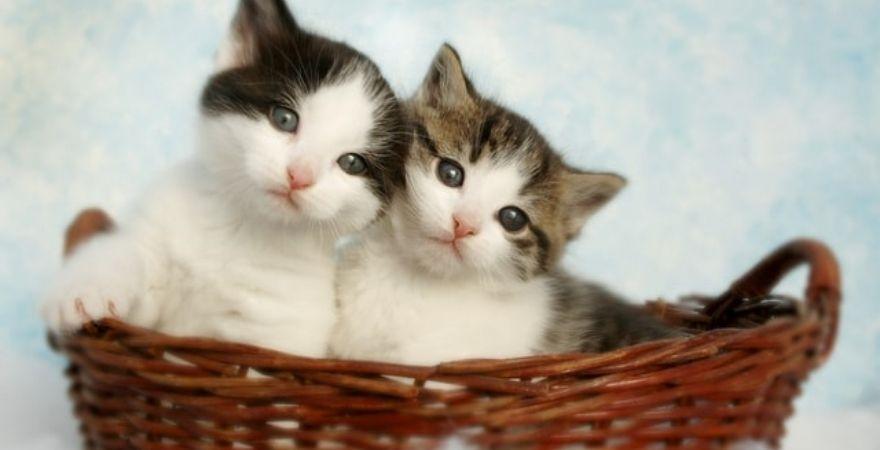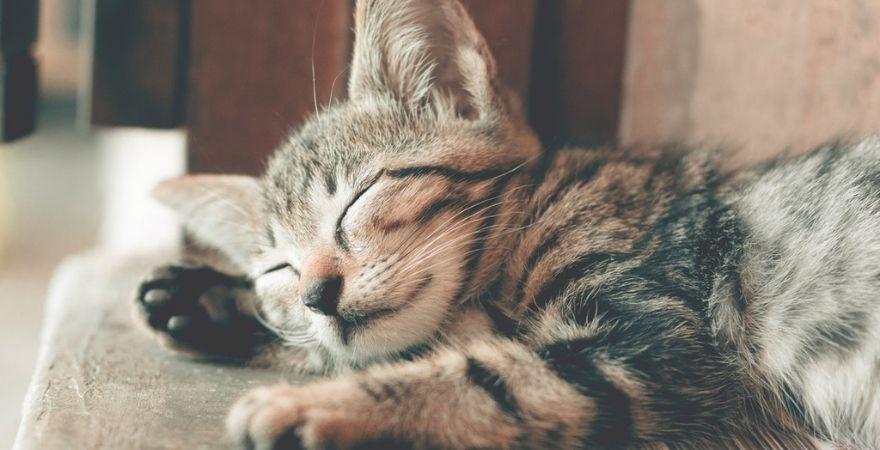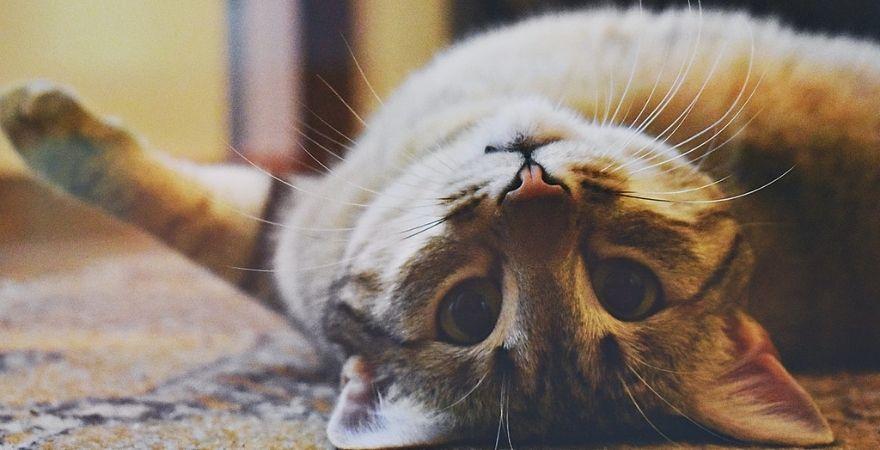Hyperthyroidism - treatment options
This week we’re diving back into hyperthyroidism and focusing on different treatment options you can talk with your vet about to get kitty back on track — even if they’re not able to fully recover, a solid game plan for managing a thyroid doing way too much can keep kitty thriving.
In case we already forgot, hyperthyroidism is a condition where the thyroid produces too much of thyroid hormones T3 and T4 from an enlarged gland in a cat’s neck. This kind of problem is especially common in older cats, but caught early enough (thanks in part to telltale signs like a yucky-looking coat) means treatment options can start working sooner and more effectively. You can read last week’s post here if you want a full detail refresh, or it’s your first time caring for kitty in their golden years.
So, what can you do to help kitty manage/get rid of hyperthyroidism?
Treatments
Treating hyperthyroidism comes under four main categories: medication, radioactive iodine therapy, thyroidectomy (surgery) and dietary therapy.
Each strategy comes with ups and downs (and we definitely recommend you talk with your vet before trying any of these on kitty), but knowing your options always makes things a little less scary.
Medication
Anti-thyroid drugs slow down the thyroid gland, so it produces and releases hormones less. While there isn’t a medicine that cures hyperthyroidism altogether, it helps with managing thyroid problems in the short and long-term.
Pros: these meds are pretty affordable, and readily available.
Cons: side effects could include vomiting, anorexia, fever, anemia, and lethargy. Meds need consistency in order to keep working, which may be a lot to take on if you and kitty aren’t keen on oral medications.
Also, if you and your vet decide meds is the way to go, kitty will need an occasional blood test to see if this kind of treatment is working, as well as keep an eye on kidney function and side effects.

Photo by zaimoku_woodpile via Flickr.
Radioactive Iodine Therapy
When it is available, this treatment is the most effective for treating cats with hyperthyroidism. Radioactive iodine is injected into kitty, and quickly gets absorbed into the bloodstream. The thyroid needs iodine to produce hormones T3 and T4, and when the thyroid gland takes in the radioactive iodine, the radiation destroys the abnormal thyroid tissue without touching the healthy tissue.
Most cats have normal hormone levels within one to two weeks of treatment.
Pros: this seems to be the most effective treatment by far, since it’s the only treatment known to cure hyperthyroidism completely with no serious side effects and doesn’t need anesthesia.
Cons: since this treatment is radioactive (read: dangerous), it’s only available in clinics specially licensed to use radioisotopes. The radiation itself isn’t a problem for cats, but once treated they do have to stay in hospital for a few days until their radiation levels go down — sadly visitors aren’t allowed during the quarantine period. Just as well, since being around any hospital in these times might not be the best idea.
Surgery
Also known as a thyroidectomy, this procedure eliminates the problem - literally. Pros: This process is pretty straightforward and comes with a pretty good success rate. This also offers the best chances of managing hyperthyroidism over the long term or curing it altogether, which means ditching the meds too!
Cons: This step does include anesthesia, which could be a higher risk for older cats that also suffer from heart or kidney problems.
There’s also a chance the parathyroid glands could get damaged during surgery, which is very important for maintaining stable blood calcium levels in kitty.
This option tends to be the last resort since both medication and radiation therapy are more effective and less invasive.

Photo by Anne Worner via Flickr.
Dietary Therapy
There aren’t many conclusive studies to make this option a done deal, but it is promising in getting hormone levels down. A special diet of exactly the right amount of iodine would be given to kitty, which allows the thyroid to produce exactly the right amount of T3 and T4 hormones to keep everything working as it should. This option falls on the non-invasive end of the scale, and does seem to provide good results for the long haul, the only downside is that this diet is permanent — no switching it up, even if kitty genuinely deserves a treat.
You can also try Scruffy Paws Thyroid-Soothe Drops if you’re looking to get ahead of kitty’s thyroid problem safely before reaching out to your vet.
Hyperthyroidism shouldn't be taken lightly, but it's also one of the conditions kitty can live very well with — possibly recover from — once a plan, and sticking to the plan takes place.

Photo by zaimoku_woodpile via Flickr.

Stephanie Pollard
Writer. Pet Enthusiast. Ambivert.



